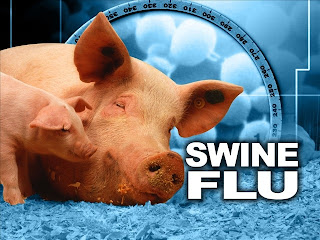Influenza A (H1N1)

48 countries have officially reported 13,398 cases of influenza A(H1N1) infection, including 95 deaths.
On 25 April 2009, the World Health Organization (WHO) declared the outbreak of swine-origin influenza A(H1N1) virus infections, first reported by the United States (US) [1] and Mexico [2], as a ’Public Health Event of International Concern‘ (PHEIC) under the International Health Regulations (2005) [3]. The pandemic alert level was raised from level 3 to level 4 on 27 April, and to level 5 on 29 April, after verification of sustained community-level outbreaks in at least two countries from the same WHO region.
On 26 April, epidemiological and laboratory investigations on three persons returning from Mexico were initiated in Spain. On 27 April, Spain reported the first laboratory-confirmed case of the new influenza A(H1N1) virus infection in Europe, in a traveller returning from Mexico. Since then, the number of confirmed cases in Spain has risen continuously and reached a total of 98 as of 11 May 2009'Those who beginning to feel unhealthy or be early sign infection like cough and fever should immediate get treatment of nearby doctor and reduce social intercourse with other partner including eluded from attending class and work in office. This move to prevent disease transmission at school and at workplaces may involve spreading of contagion”
Subscribe to:
Post Comments (Atom)


0 comments:
Post a Comment